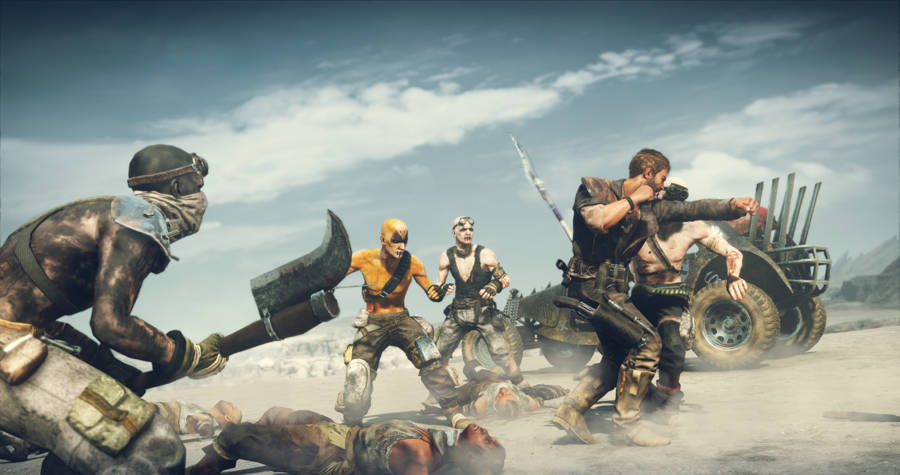

Just a few years ago, “free to play” was MMO code for “incredibly grindy” and “pay to win” games. The vast majority of them hailed from Korea, and they were at best mindless distractions between other, better games.
World of Warcraft changed all that. While it may be on a downward slope, the newest expansion, Mists of Pandaria, sold 2.7 million copies in North America and Europe in its first week, before even touching the Chinese market – it’s not going anywhere any time soon. Despite many attempts, no standard subscription MMO has been able to put a lasting chink in WoW’s armor, and developers have turned to F2P in an attempt to coexist with, rather than conquer, the beast.
Perhaps nothing exemplified the fall of the traditional MMO based on monthly subscription better than Stars Wars: The Old Republic. Developed by BioWare and published by EA. The game is legendary for its development costs of over $200 million, a towering figure for a single game. While sales were good at release, subscriptions dropped harshly after the first few months (as was the pattern for subscription MMOs by this time), and the game was overall a financial disappointment. In July 2012, just seven months after release, BioWare announced the game would be going free-to-play with most of the leveling content available to non-subscribers.
It was the metaphorical straw that broke the camel’s back, and suddenly everyone was proselytising that the traditional MMO was dead. Whether the model itself is going the way of the dodo, or those who are okay paying one subscription for genre behemoth WoW are simply unwilling to pay for a second MMO every month, is up for debate. However, the F2P conversions of Age of Conan, Everquest 2, Lineage 2, City of Heroes, Star Trek Online, Final Fantasy XIV, Lord of the Rings Online, and The Old Republic suggest a very clear pattern moving forward .
Perhaps the biggest result of this change is that “free to play” no longer carries the same negative connotations that it once did, and it is now rising its popularity in MMO market. Companies have had success with the model, and even high quality non-MMOs like Team Fortress 2 and League of Legends have entered the market. Customers are growing more used to partaking in micro-transactions and digital currency in their games for cosmetic and convenience items thanks to small-purchase marketplaces like the iPhone app store.
As more quality games are developed with the free-to-play model in mind from the outset, the trend is only going to pick up speed. Free-to-play MMOs are definitely here to stay.



